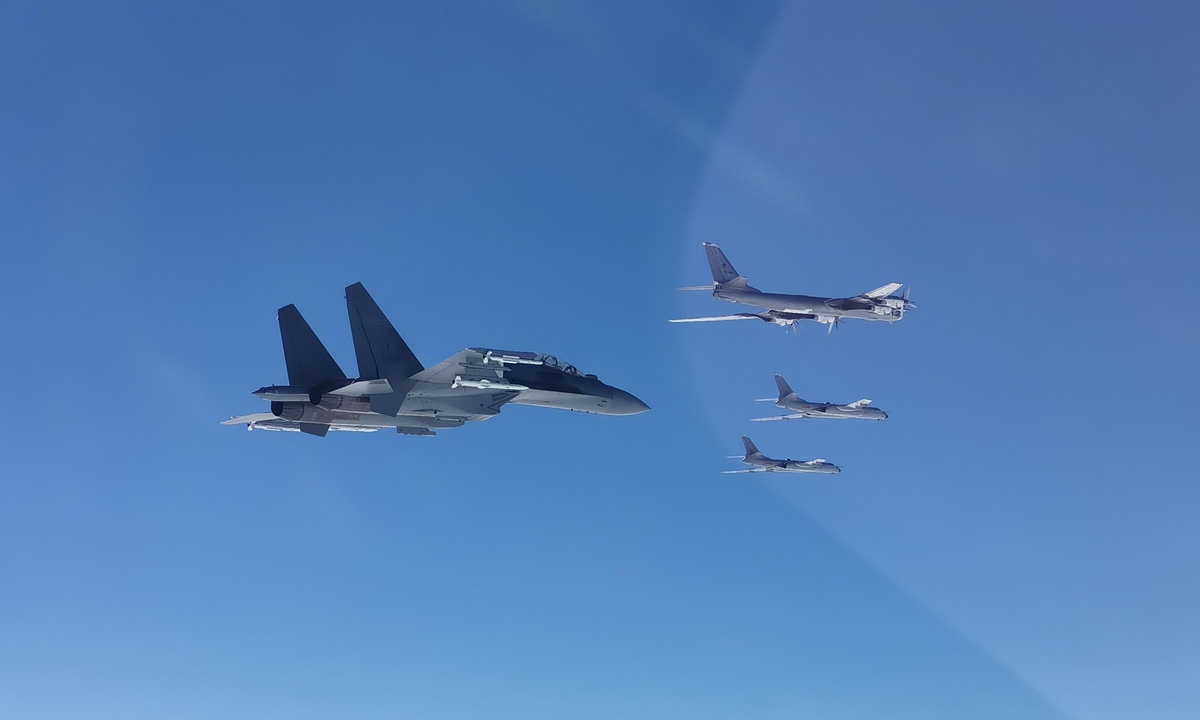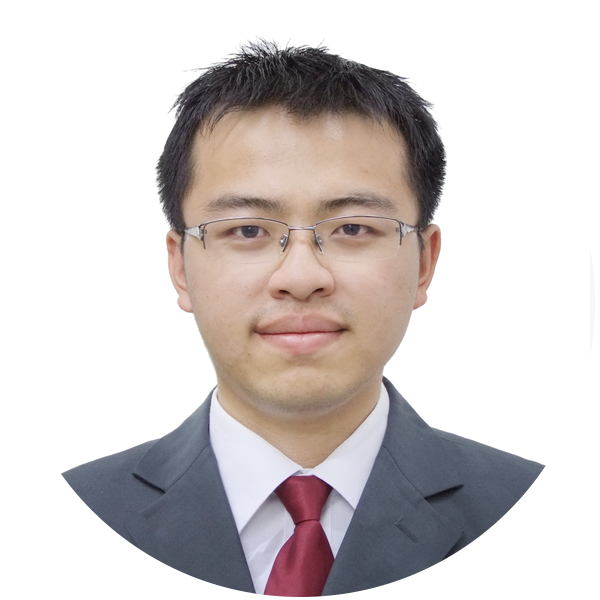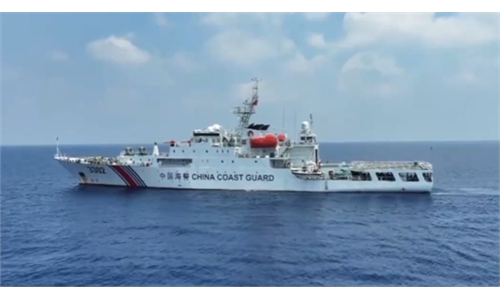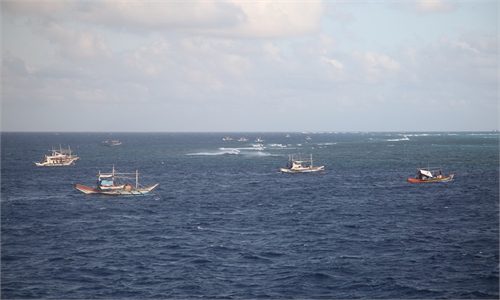Senior US Air Force commander's remarks reveal 'anxiety' to boost trouble-ridden next-gen aircraft project against China: Chinese military expert

This photo taken on November 29, 2024 shows the militaries of China and Russia conducting a joint strategic air patrol over the Sea of Japan. The militaries of China and Russia conducted a joint strategic air patrol over the Sea of Japan on the day, according to China's Ministry of National Defense. Photo: Sun Liren
Highlighting the PLA's advancing missile and warplane capabilities, a senior US Air Force commander recently called for “inside force” to penetrate China’s defenses amid delays in the US next-generation combat aircraft project.Chinese military expert Fu Qianshao told the Global Times on Monday that the US Air Force’s “inside force” is represented by its next-generation fighter jet project, but the trouble-ridden project has been struggling with key challenges such as high costs, unclear technical direction, and supply chain disruptions.
US Pacific Air Forces Commander General Kevin B. Schneider stated at a recent event that China is continuing to build out its anti-access/area denial strategy with its growing ballistic missile force. He also noted the PLA Navy and Air Force are operating more routinely far from China’s shores, citing the PLA Air Force’s aerial refueler YY-20 (YU-20) and China and Russia’s joint patrols including the one in November over the Sea of Japan that featured China’s H-6N bomber, the US’ Air & Space Forces Magazine reported on Sunday.
Responding to a question about the US Air Force’s need for penetrating strike and air dominance aircraft, Schneider called for a so-called “inside force,” and he also said that the US Air Force “must have air superiority and global precision strike capabilities.”
Air & Space Forces Magazine noted that whether the US Air Force must field both “inside” and “outside” forces has increased in recent months as the service has wavered in its commitment to the Penetrating Combat Aircraft, the manned portion of the Next-Generation Air Dominance family of systems. The US Air Force was scheduled to select a winning design for that program by September, but paused the program for an additional review. Now, with a coming change of US administration, the Air Force has delayed the determination so that the next Pentagon leadership can make the decision, the magazine wrote.
Fu, the Chinese military expert, said that the US Air Force is facing a lack of funding in the development of its next-generation fighter aircraft and uncertainty in selecting an appropriate technical path.
Another problem lies in the US’ supply chain disruption exacerbated by deindustrialization, leading to difficulties in building aircraft and ship, including also technical issues and costs, according to Fu.
The US military often hypes “China threat” rhetoric to ask for more funding, but in my personal view, Schneider‘s remarks exposed that some people in the US Air Force have really become anxious, Fu said.
China used to lag behind the US in terms of warplane development, but now China and the US are on the same footing, Fu noted, citing China’s J-20 and J-35A stealth fighter jets and their US equivalents F-22 and F-35.




